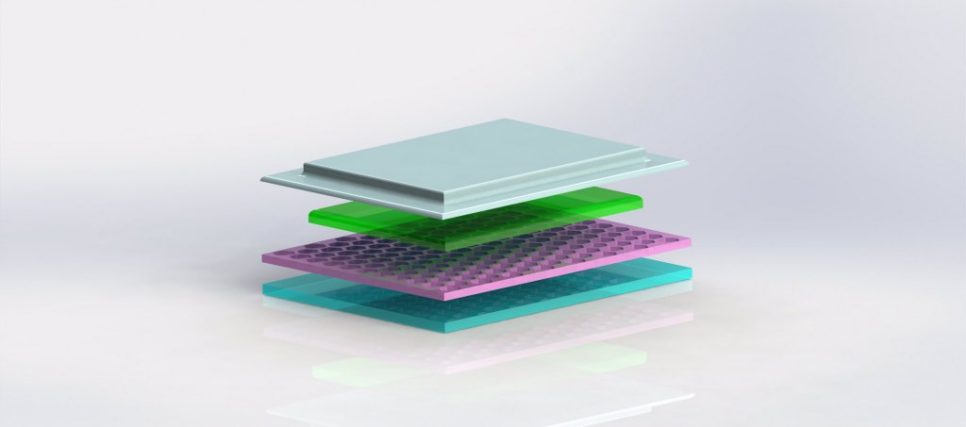
More than 25 million children across North America suffer from some form of season allergies. And yet one in four children suffer from an inability to swallow pills in order to be medicated. Avro Life Science believes it can help, by offering medicated stickers to deliver seasonal allergy medication to children. Avro now has a show of support from the Dyson Foundation, winning National Runners Up for the James Dyson Award.
With a slogan of no pills, no pain, just a patch, Avro Life Science aims to deliver drugs at a consistent rate throughout the day without side effects, all through stickers that have fun designs that appeal to children. In 2016, the team began working out of the Velocity Science campus lab, a partnership with the Faculty of Science at the University of Waterloo, before winning $25,000 in funding at the Velocity Fund Finals in the fall, and now working out of the Velocity Garage startup incubator.
Launched by co-founders Keean Sarani, a science student and incoming pharmacy student, and Shak Lakhani, a nanotechnology engineering student, both from the University of Waterloo, Avro Life Science will now move onto the next round of the Dyson Award. In the International round, teams from 23 developed countries will compete. On September 28, the International shortlist will be announced, and on October 26, the International winner will be announced, and with it, a prize of $40,000 USD.
The second National Runners Up from Canada was ‘Design and Build of an Atmospheric Water Generator’, an Engineering Capstone Design project from UWaterloo. Last year, Velocity’s Medella Health won International Runners Up for the competition, for their smart contact lens for people with diabetes. The previous year Voltera won the top prize with their innovative circuit board printer. In the year prior, Suncayr was one of two International runner-ups for their nano technology based product that lets users know when to re-apply sunscreen to avoid a sunburn.